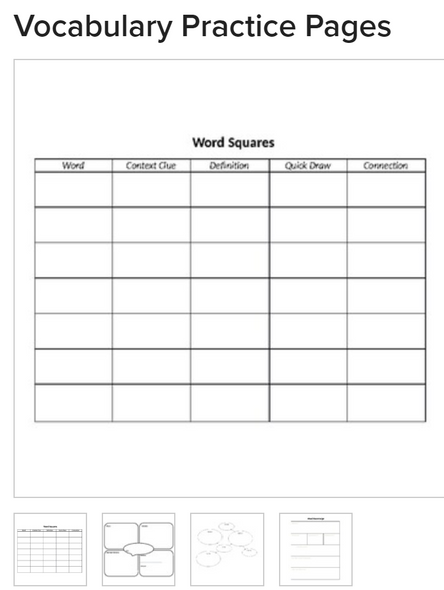Description
This product contains a zip file containing a reading and writing learning packet well suited for use in the classroom or in a distance learning situation. In addition, this package contains supporting materials which may enhance your instructional presentation. The activities within this file are correlated to the NGSS MS-LS 1.8 Learning Standard.
If you are a science teacher in NY State, you will additionally be required to teach about plant responses to stimuli. This topic is addressed in two pages of the learning packet as well as in the learning goals.
Most of the files are included in editable word or PowerPoint formats. These formats can be easily modified to suit the specific needs of your students.
An answer key is included for the student activity. The reading and writing packet is provided in both a color and a black and white format (more suitable for photocopiers).
The specific materials enclosed in the zip file are as follows:
-- Sensory and Nervous Reading and Writing Packet (22 pp.) (80 questions) (word and pdf formats)
-- Supporting Neuron and Sense Organs Structure and Function PowerPoint (38 slides) (also provided in pdf)
-- Threats to Hearing -- Graphing and Web quest Activity (9 pp) (word and pdf)
-- Other Lab and Instructional Resources (1 pp.) (word and pdf)
-- NGSS Standard and Learning Goals (2 pp) (word and pdf)
NGSS Learning Standard
MS-LS1-8. Gather and synthesize information that sensory receptors respond to stimuli by sending messages to the brain for immediate behavior or storage as memories.
Note for teachers in NY State: You also have to address tropisms involved in plant responses to light and gravity.
Learning Goals
Upon the completion of this unit the student will be able to:
1. explain the difference between a stimulus and a response.
2. list examples of stimuli and responses.
3. explain the difference between a receptor and an effector.
4. recognize that a neuron is a nerve cell.
5. correctly label the following structures on a diagram of a neuron; dendrite, cyton, axon and
end brushes.
6. state the functions of the dendrites, cyton, axon, myelin sheath and end brushes.
7. describe the function of a neurotransmitter.
8. explain what is meant by a synapse.
9. list three major types of neurons and describe the basic function of each.
10. explain what is meant by a reflex.
11. explain why simple reflexes do not initially involve the brain.
12. list the five basic steps involved in a reflex.
13. describe the energy conversions involved when a sense organ detects a stimulus.
14. list several types of stimuli detected by our sense organs.
15. recognize that receptors are structures that are designed for the detection of stimuli.
16. recognize the skin has receptors for detecting touch, pressure, heat, cold and pain.
17. recognize the senses of taste and smell involve chemical receptors.
18. identify the role of papillae on the tongue.
19. list five different categories of taste buds and state what tastes they specifically detect.
20. state the roles of the olfactory bulb and olfactory nerve.
21. identify the pinna and auditory canal in a diagram of the outer ear.
22. state the functions of the pinna and auditory canal.
23. discuss the role of cerumen or ear wax in the ear canal.
24. describe the location and function of the eardrum.
25. describe the location and function of the hammer, anvil and stirrup.
26. list several functions of the Eustachian tube.
27. describe the location and function of the semi-circular canals.
28. describe the location and function of the cochlea.
29. describe the function of the auditory nerve.
30. compare the function of the human eye to a pinhole camera.
31. correctly identify the following structures on a diagram of the eye; cornea, sclera,
iris, pupil, lens, vitreous humor and the retina.
32. state the functions of the sclera, iris, pupil, lens, vitreous humor and retina.
33. discuss the functions of the two major kinds of receptors in the retina; rods and cones.
34. describe the function of the optic nerve.
35. discuss how light enters the eye and becomes focused.
36. describe the symptoms and causes of nearsightedness (myopia) and state one way it can be corrected.
37. describe the symptoms and causes of farsightedness and state one way it can be corrected.
38. describe the symptoms and causes of glaucoma and state one way it can be treated.
39. describe the symptoms and causes of cataracts and state one way these can be corrected.
Terms of Use
Purchase of the product is for classroom use by the purchaser only. It is a violation for individuals, schools, and districts to redistribute or sell this item to other individuals. Please share this electronically with your students if it helps your teaching!
This work is licensed under a Creative Commons Attribution-NonCommercial-ShareAlike 4.0 International License.


















